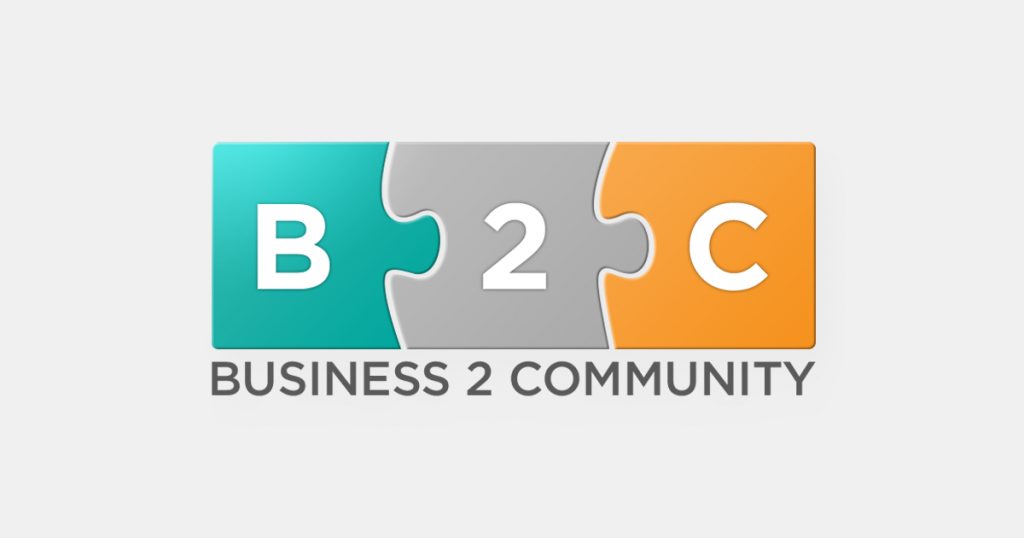In 2015, The ISACA’s Global Cybersecurity Status Report conducted an online polling of 3,439 ISACA members in 129 countries, including 1,211 members in the United States.
The survey revealed that out of the more than 3,400 members of the IT association, a whopping 83 percent volunteered that cyber attacks were among the top three threats they
were facing and only a paltry 38 percent were prepared to deal with the problem.
The problem is getting more hydra-headed as days are going by. Hackers have so much perfected their act to the extent that it is not only businessmen that are at their mercy any longer.
Governments and private individuals are subjected to one form of cybercrime or the other. The whole situation has rather gone awry. A report released by Equifax revealed that the records for 143 million US citizens were accessed by attackers through a security breach.
As if that was not enough, reports from Seoul was able to confirm that North Korean-linked hackers were behind the digital theft of $81 million from Bangladesh’s Central Bank.
With the world going more tech-savvy, it becomes more difficult to protect important information from these hell-bent no-gooders.
For you to effectively checkmate the increasing cyber crimes in your organization you need to put in place the following 9 ideas.
1. Know your data
The very first step and about the most important is to know your data. It is ridiculous that some people don’t even know what to secure. Many firms don’t know what data is hidden in their vaults.
There is absolutely no way you can secure your data if you don’t have a good grasp of what you are trying to secure. A recent survey by information management firm Veritas says that 59 percent of the data in UK IT system is unclassified “dark data.”
2. Information governance
To instill a culture of security in any organization, it is absolutely necessary to enforce information governance. This should not be at the behest of the communication information department alone. It should run right across all the departments in the setup.
All users should be availed of mandatory computer based training. It is very important that the training should include the implications of security breaches, how they hamper the productivity and output of the organization, and how to avoid them.
3. Encrypt your data
Data encryption is an outright means of securing information. Once your data is encrypted, it becomes practically impossible for hackers to break the code. Even when the firm’s IT vault is hacked, the data and information they get will be completely useless to them since they won’t be able to evaluate the data.
For organizations with a lot of data and files, a lot of issues, like lack of consistency, can arise from doing this manually. Hence, for such businesses, this function can be assigned to trustworthy VPN Service Providers to automatically encrypt data periodically, while also providing other security measures. This makes VPNs a current go-to for businesses.
However, it’s important for every business to compare and contrast different VPNs, and explore VPN reviews from trustworthy VPN sources so as to choose the right VPN for their business and not end up with VPN service provider that is no different from a malware.
Recommended for You
Webcast, November 2nd: How to Get Your Lost Rankings Back in Google (Quickly!)
4. Vouchsafe your communication information team (CIT)
It is of utmost importance that you have absolute trust in your communication information team. As the powerhouse of the organization’s information, the CIT must be above board in everything.
The CIT team should shun every act of sharp practices. They should be a group of experts passionate about their work and the organization in retrospect. They should be unapproachable by elements from outside the firm.
5. Cyber Security awareness training
Many organizations are not putting enough resources into cybersecurity awareness. They tend to play more of a lip service to this all-important factor.
A report released by the National Cybersecurity Institute says that “Traditionally, there has been a problematic disconnect and lack of both integration and collaboration between the C-suites and IT departments.”
All segments of the organization should be made to go through an in-depth cybersecurity awareness training. The training should be made simple, concise, clear, and straight to the point to allow for proper comprehension.
6. Ensure maximum passwords security
The case has been made of very strong passwords with a mix up of special characters. Be as it may, the best check on cybercrimes is to regularly change passwords. Biometric and two-factor authentication can also be activated to ensure an even stronger password, or totally be used in place of passwords.
The site administrator should also be a careful person since plugins would be added to the server from time to time, the server should not be made accessible to all comers.
Post-it notes plastered to end-user PCs with lists of complex passwords should be completely discouraged.
7. Secure your wired network
All attention should not be focused only on the wireless side of the network when talking about security threats. Since hackers can use social engineering to get physical access to corporate networks, the security of the wired portion of the network should also be taken very seriously.
8. Store fewer confidential data
In the face of the tech savviness of hackers, it won’t be a very wise idea to have too much confidential data stored in any retrievable form.
Hard copies of some vital information can be made and stored in files. Though this may sound archaic, it is better than to cave in, to these current cybersecurity challenges.
With the 8 ideas above implemented, your business will be on a safer side with regards to hackers.
